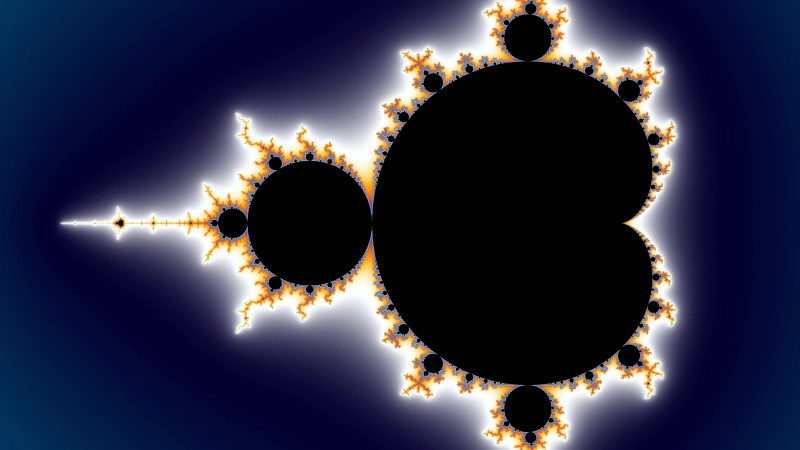Introduction
Welcome to the second installment of “God is Digital”, where we delve into the intricate and mesmerizing world of mathematics and fractals. Today we’ll explore how fundamental patterns and their mathematical underpinnings reveal the hidden order of our universe.
Mathematics is often hailed as the universal language, a tool that allows us to describe and understand the underlying order of the cosmos. From the smallest particles to the vastness of space, math provides the framework for theories that explain the forces governing our reality. Constants like π (pi), e, and the golden ratio (φ) are not just abstract numbers; they are fundamental in describing patterns and shapes in nature.
But perhaps one of the most fascinating and visually captivating concepts in mathematics is the world of fractals.



Leave a comment